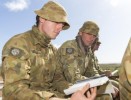Search
Using the filters to the left, click your selection, it will become bold and filter the results, click it again to remove that filter.
As our nation’s land specialists, Army is acutely aware of why a diverse force matters. We fight where people live and 50% of the world’s population are women. Drawing on a presentation I made to a 2021 Defence International Womens’ Day event, this piece reflects on the opportunities for women in leadership that have emerged from Army’s response to the COVID-19 pandemic. Firstly, I consider the pandemic as the catalyst for cultural change, and how this enables more women to progress more naturally into …
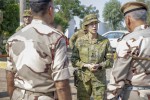
By Jim Storr Helion & Company, UK, 2018, ISBN 978-1-912390-85-4, 283pp Reviewed by Major Andrew Maher The Defence Strategic Update (DSU) 2020 marks a significant investment in equipping the Australian Defence Force (ADF) to 2040 and beyond. Realising the equipment investments articulated by the DSU will require decision makers to reflect on historic lessons and to exercise nuanced military judgement to justify recommended acquisitions for a complex and uncertain future. It is this issue of applying …
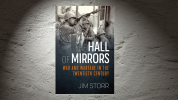
The inherent challenges of an Army that seeks to be ready now and future ready The 2020 Defence Strategic Update presents a picture of an unstable and uncertain strategic dynamic. The confluence of great power competition, the proliferation of disruptive technologies and military modernisation create both risks and opportunities. The Defence Strategic Update further states that “reduced warning times mean defence plans can no longer assume Australia will have time to gradually adjust military capability …
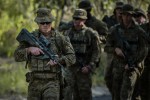
Reviewed by Lieutenant Colonel Duncan Foster By Charles E. Kirkpatrick, CreateSpace Independent Publishing Platform, 2015, ISBN 978-1519741837, 172pp ‘It would be difficult to exaggerate Wedemeyer’s impact as a strategic planner during 1941-1943.’ [1] D. Clayton James A staff officer’s work is by necessity unsung, however, at certain points throughout history it can be seminal. Over a three-month period before the US entered the conflict, Major Albert Wedemeyer wrote the US Army Victory Plan for the Second …
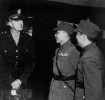
‘ In a few years robots will move so fast you will need a strobe light to see them’ Robots and Autonomous Systems (RAS) seem set to transform the way we live, but while military drones have been a key feature of modern conflict for some time, they appear poised to generate more advanced capability in context of developments in artificial intelligence (AI) and machine learning (ML), which is attracting increasing investment . We are now witnessing early attempts to merge RAS technologies with AI and ML …
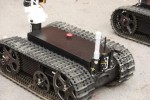
If there is one thing on tactics courses, staff colleges and real time operations that creates arguments and leads to the fracture of plans staff quicker than a lack of coffee, it is the dreaded Centre of Gravity Analysis. Apparently, Clausewitz and the Centre of Gravity have had a divorce . Dale Eikmeier is probably right to say that the metaphors Clausewitz used may not resonate with today’s professional officers. However, this does not equate to the metaphor being a red herring. Nor does it mean the …

This post is the sequel to The Australian way of war: What is our military culture? It is intended as an expansion and rebuttal to Brigadier Michael Ryan’s post, The Lessons of Ukraine for the Australian Army . The war in Ukraine demonstrates that conventional land combat is a highly lethal and destructive endeavour. The Australian Army lacks the industrial capacity, personnel and logistics to sustain our current force structure in conventional land conflict, where we are almost certain to be …
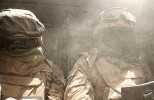
“[I]f one is to understand ‘the great mystery’ one must study all its aspects, not just the dogmatic narrow view of the Jedi. If you wish to become a complete and wise leader, you must embrace a larger view of the force.” Darth Sidious (Senator Palpatine) to Anakin Skywalker; Star Wars III: Revenge of the Sith “Only a Sith deals in absolutes.” Master Jedi Obi-Wan Kenobi to Darth Vader; Star Wars III: Revenge of the Sith Several converging debates hold a similar premise to the above quotes: war’s character …

It was bound to happen: the Australian cricketers have now been compared to diggers. ‘Australian values’, apparently mislaid by the Australian cricket team last month, are safely embodied in 'our Diggers’ according to Greg Sheridan in The Australian , but who are these diggers? While athletes continue to maintain high individual profiles, 'diggers' are still morphed into one vaguely historical, khaki mass, and it is highly likely the public would be pressed to name one. Anzac Day is the time for talking …
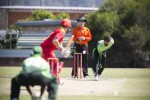
A recent blog post on the generalist vs specialist in the Army debate, reminds us of the work of military sociologist Charles Moskos and his Institutional/Occupational thesis. In 1977, Charles Moskos, proposed the I/O thesis which explained how the American military was moving away from an institutional model to one which resembled an occupation. What he meant by that was that the modern military was demonstrating fewer features of an institution (like professional availability at all times, inability …
